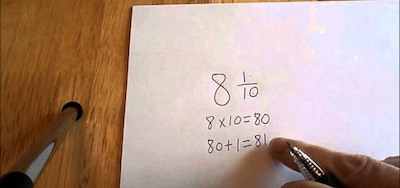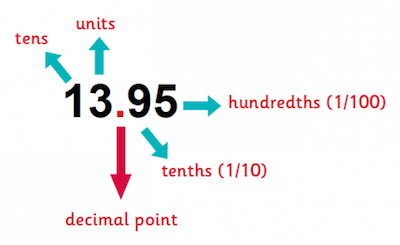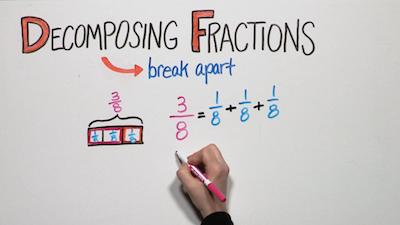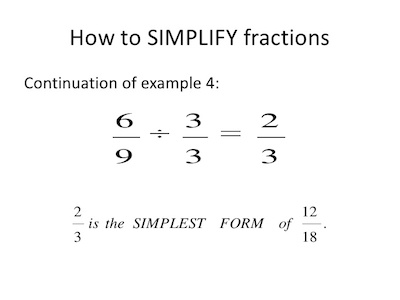In case you are looking at fractions, then you already realized that there are many different types of fractions. The most common factions are called proper fractions. And this is a very easy to understand definition. After all, you are dealing with a proper function when the fraction includes a numerator that is smaller than the denominator. So, 1/2, 2/3, and 3/4 are all proper fractions.
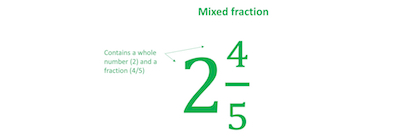
Learn how to do calculations with fractions.
On the other hand, there are also improper fractions. As you can easily understand, an improper fraction is a fraction that includes a numerator that is greater than the denominator. So, some examples of improper fractions include 3/2, 4/3, and 27/11.
What Are Mixed Fractions?
So, what about mixed fractions?
Up until now, we saw that fractions can be divided into two main categories: those whose numerators are smaller than their denominators (proper fractions), and those whose numerators are larger than their denominators (improper fractions). So, where do mixed fractions fit in?
Check out our mixed number calculator.
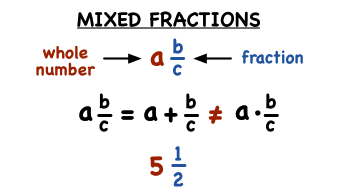
The truth is that mixed fractions aren’t a third category of fractions. In fact, mixed fractions are always improper fractions but written a bit differently. More specifically, a mixed fraction is simply an improper fraction written as the sum of a whole number and a proper fraction.
Hr’s an example. The improper fraction 3/2 can be written as the equivalent mixed fraction 1-1/2 (read aloud as “one-and-a-half” or “one-and-one-half”).
A bit of thought should convince you that both of these numbers—1-1/2 and 3/2 – do indeed represent the exact same quantity. This fact is fairly obvious if you think about the two fractions in terms of pizzas or pies. The first, 1-1/2, represents 1 whole pizza plus 1/2 of another pizza stuck together. The second, 3/2, represents 3 different pizza halves stuck together. In the end, both represent the same total quantity of pizza.
Looking for a good mixed number calculator?
How Can You Convert Improper Fractions Into Mixed Fractions?
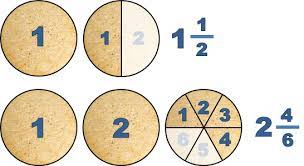
As we already mentioned above, all improper fractions can be written as mixed fractions. But how can you convert them?
The truth is that unlike what you may have been told, this is a fairly simple operation. To find the whole number part of a mixed fraction that corresponds to some improper fraction, just think of how many times the denominator of the improper fraction goes into its numerator. Let’s take a look at a simple example.
The denominator of the improper fraction 7/2 goes into its numerator 3 times. In other words, since 7÷2 is equal to 3 plus some remainder, we know that the whole number part of the mixed fraction representing the improper fraction 7/2 is 3.
Confirm your results with our mixed number calculator.
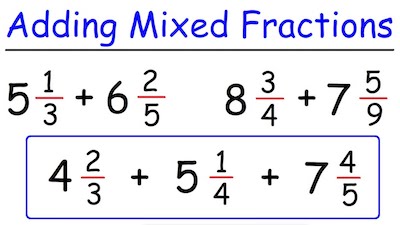
So, what about the proper fraction part? Well, the numerator of the proper fraction is just the remainder of the division problem we did before. In our example, since 7÷2 is equal to 3 remainder 1, the numerator of the proper fraction is 1. The denominator of the proper fraction part is just the denominator of the original improper fraction – in this case 2.
So, we can then say that when we put it all together, the improper fraction 7/2 is equivalent to the mixed fraction 3-1/2.
Here’s another example. How about the improper fraction 15/7? Since 15÷7 = 2 remainder 1, we find that the improper fraction 15/7 is equivalent to the mixed fraction 2-1/7.


